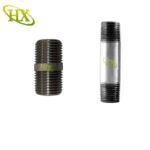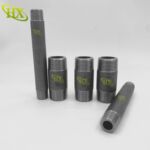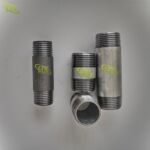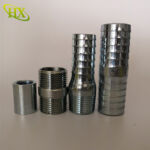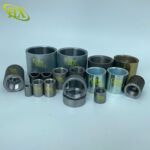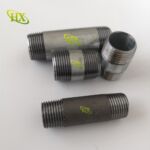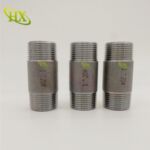Industrial Applications of Steel Pipe Nipples in Oil & Gas Systems
Steel pipe nipples play a critical role in the oil and gas industry, serving as essential components in pipeline systems, drilling operations, and refinery infrastructure. These short lengths of pipe, threaded on both ends, ensure secure connections, highpressure resistance, and durability in harsh environments. As demand for reliable oil and gas equipment grows, manufacturers like Cangzhou Hongxin are leading the way in producing highquality steel pipe nipples that meet stringent industry standards. Key Applications of Steel Pipe Nipples in Oil & Gas Pipeline Connections & Repairs Steel pipe nipples are widely used to join…


